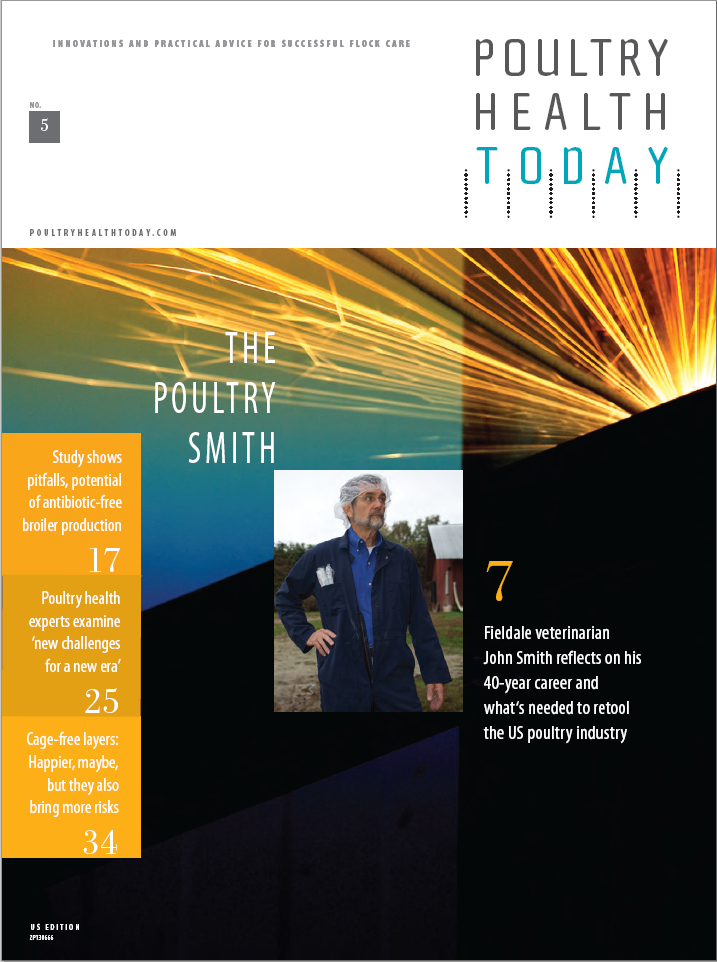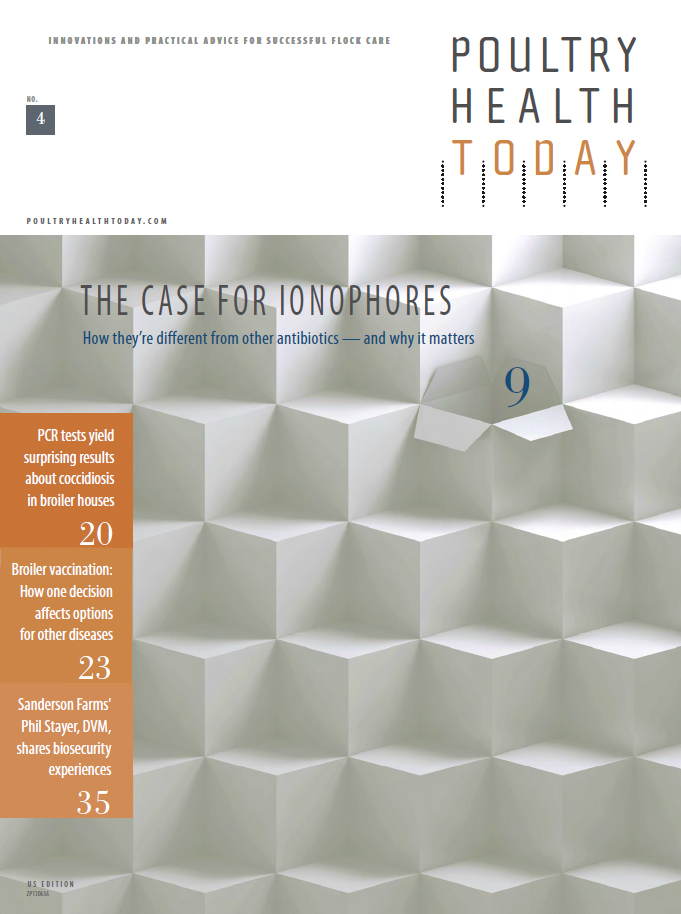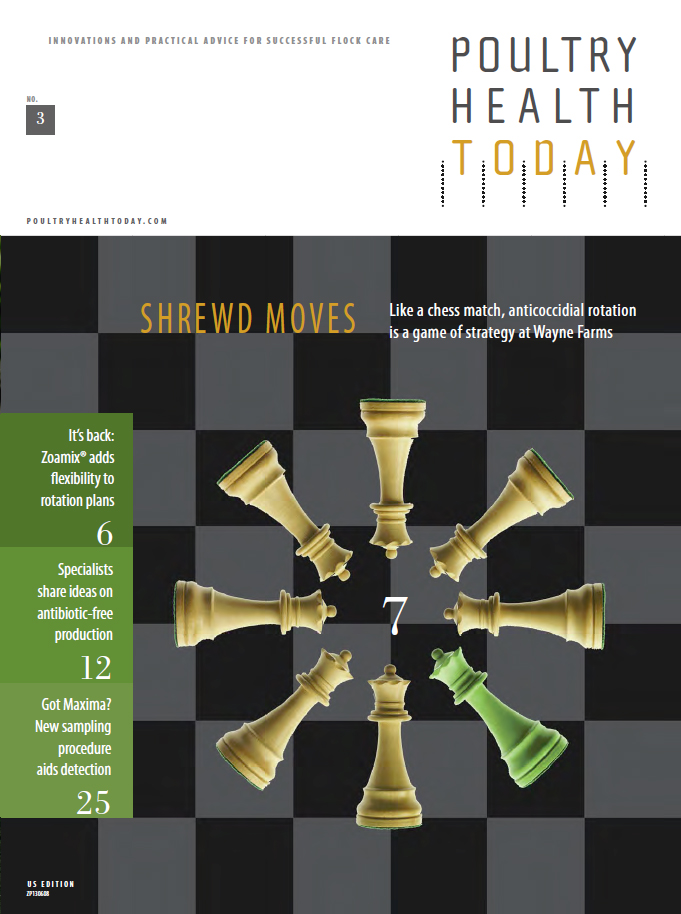

Are there practical alternatives to ionophores?

Proponents of raising broilers without ionophores and other antibiotics have proposed putting more emphasis on farm management, biosecurity and alternatives to anticoccidials.
But so far, these appear to be insufficient for managing coccidiosis year-round in the large-scale production operations needed to supply the growing global demand for poultry, which is expected to more than double by 2050, according to projections by the Food and Animal Organization of the United Nations.
Management not enough
“Although management and biosecurity measures could halt the introduction of [the parasites that cause coccidiosis] to a farm, in practice they do not suffice to prevent coccidiosis outbreaks,” according to a report by Herman Peek, PhD, and Wil Landman, DVM, PhD,1 both prominent poultry researchers in the Netherlands.
In a 2011 paper, they noted that alternative treatments such as phytotherapy (plant and plant products usually fed as nutritional supplements), aromatherapy and pre- and probiotics “either show conflicting, non-consistent or non-convincing results, and have therefore not been applied at a large scale in the field.”
Vaccination’s potential
In time and with improvements, vaccination against coccidiosis could provide an efficient and low-cost anticoccidial strategy, these researchers say, but they acknowledge that currently there are practical challenges with the production and year-round use of coccidiosis vaccines.
In the meantime, many poultry veterinarians need to depend on ionophores - not only to prevent the devastating health and welfare consequences that coccidiosis can have on poultry, but also to ensure the sustainability of the modern poultry operations necessary to feed the world’s growing population.
REFERENCES
1 Peek H, et al. Coccidiosis in poultry: Anticoccidial products, vaccines and other prevention strategies. Vet Q. 2011 Sep;31(3):143-161.
More Issues












